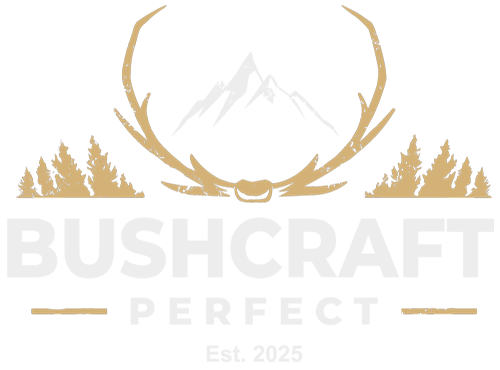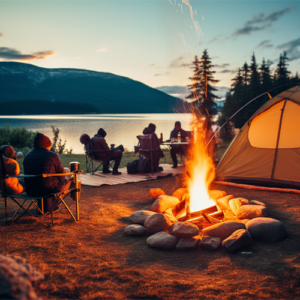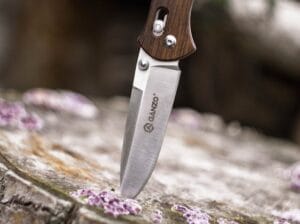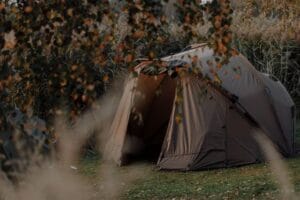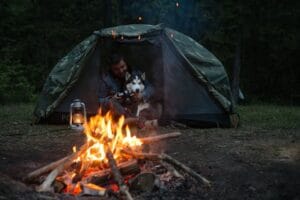My Guide to Bushcraft and Survival Gear
When I venture into the wilderness, preparation is everything. The right bushcraft and survival gear equips me to navigate challenging terrains, sustain myself, and handle unforeseen situations.
Over time, I’ve learned which tools are indispensable for a successful outdoor experience. Want to know more?
Core Bushcraft Tools
A reliable knife is my cornerstone. I prefer a fixed-blade knife with a sturdy handle and a versatile blade shape. It handles everything from carving wood to preparing food.
Alongside my knife, I carry a compact axe. It helps me gather and process wood efficiently without adding too much weight to my pack. Sometimes, I opt for a multipurpose tool that includes a saw function, reducing the number of items I need to carry.
Understanding the specific features that enhance each tool’s functionality can further optimize your gear setup.
Shelter and Sleeping Gear
Creating a secure shelter is crucial. I use a tarp or a lightweight tent to protect myself from the elements. Combining this with a ground tarp and a sleeping bag tailored to the climate ensures I stay comfortable and safe.
An insulated sleeping pad is essential too; it prevents heat loss and provides cushioning against the ground. Exploring various shelter-building techniques can enhance your ability to adapt to different environments.
Navigation Tools
Accurate navigation keeps me on track. I always carry a topographic map and a quality compass. While GPS devices offer precision, I rely on traditional tools as a backup in case of electronic failures.
Knowing how to read a map and use a compass gives me confidence in unfamiliar terrain. Delving deeper into advanced navigation skills can further improve your wilderness orientation.
Water and Food Supplies
Access to clean water is vital for my survival. I carry a portable water filter, purification tablets, and collapsible containers. These tools allow me to safely hydrate from various water sources.
I also prioritize lightweight, high-energy foods like dehydrated meals, nuts, and dried fruits. Durable containers and bear-resistant canisters protect my provisions from wildlife and spoilage. Learning more about foraging and local food sources can diversify your sustenance options.
First Aid and Safety
A comprehensive first aid kit is always in my pack. I include bandages, antiseptics, pain relievers, and tools for treating wounds.
Knowing basic first aid procedures makes my kit even more effective. Additionally, I carry safety gear such as a whistle, a signaling mirror, and an emergency blanket. These items increase my chances of rescue and help maintain my body temperature in critical situations.
Expanding your first aid knowledge can significantly enhance your preparedness.
Tools for Daily Tasks
Daily tasks in the wild require specific tools. I use a sturdy saw for cutting wood and a folding shovel for digging or creating latrines.
Paracord is another essential item; its strength and versatility make it useful for building, repairing gear, or even as a makeshift tourniquet. For cooking, I bring a compact stove or a pot.
Lightweight cookware meets my cooking needs without adding unnecessary weight to my pack. Investigating additional multipurpose tools can further streamline your gear.
Choosing the Right Gear
Selecting the right gear involves balancing functionality, weight, and durability. I prefer materials like stainless steel and titanium for their longevity and resistance to corrosion.
Lightweight composites are excellent for reducing pack weight without sacrificing strength. I prioritize multi-use items to minimize my gear load.
For example, a multitool or a machete with integrated features streamlines my equipment list while maintaining utility. Researching the latest materials and their benefits can help refine your gear choices.
Maintenance and Care
Maintaining my gear extends its lifespan. I regularly clean and sharpen my blades, and I inspect my tools for any damage.
Storing my gear in dry, protected environments prevents wear and preserves functionality. I’ve learned basic repair techniques, which allows me to address minor damages promptly in the field.
Carrying a small repair kit with duct tape, spare parts, and sewing supplies helps me make on-the-spot fixes when needed. Mastering gear maintenance skills ensures reliability during extended trips.
Modern Innovations and Traditional Tools
I blend modern advancements with traditional tools to enhance efficiency and reliability. High-strength polymers and lightweight metals improve my gear’s performance while keeping the weight down.
Modern fire starters, like magnesium flints, provide dependable ignition sources compared to older methods.
However, I still value traditional skills. Mastering knot tying, shelter building, and foraging complements my use of contemporary gear, making me a well-rounded bushcraft practitioner.
Exploring the integration of new technologies with classic techniques can further elevate your bushcraft expertise.
Effective bushcraft and survival depend on thoughtful gear selection and proficiency in using those tools. I prioritize essential items, maintain my equipment diligently, and balance modern innovations with traditional practices.
This approach ensures I’m prepared for any wilderness scenario. Whether I’m exploring for recreation or preparing for emergencies, the right gear empowers me to navigate and thrive in the natural world.
Continuously expanding your knowledge and refining your gear can lead to even greater success in the wild.
You might as well be interested in
-
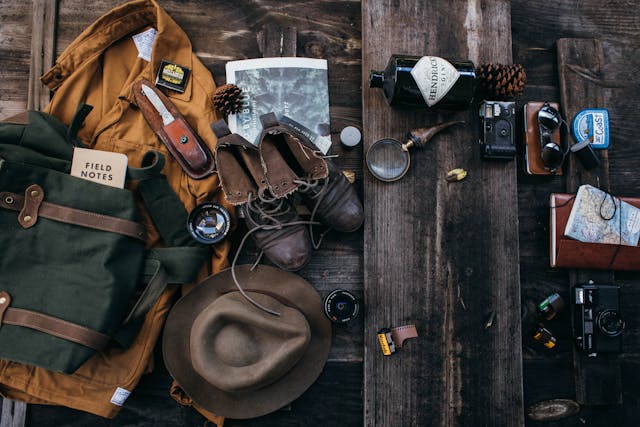
Bushcraft Box Set: Get All the Gear You Need in One Pack
A bushcraft box set is a curated collection of tools and gear designed to cover the basics of wilderness survival. These kits usually come with…
-
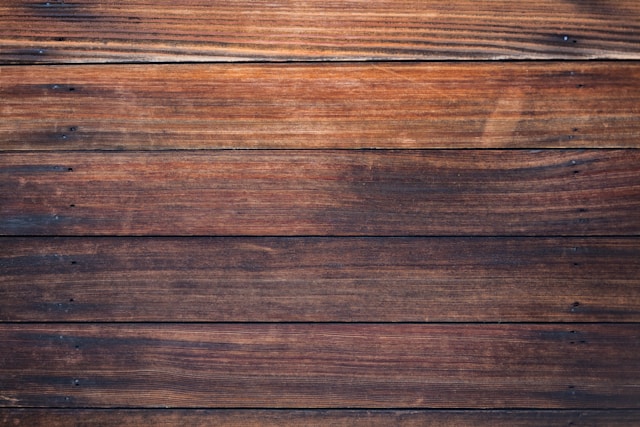
Bushcraft Auger: The Tool You Didn’t Know You Needed for Serious Woodwork
When you think of bushcraft tools, an auger might not be the first thing that comes to mind, but it should be. A bushcraft auger…
-
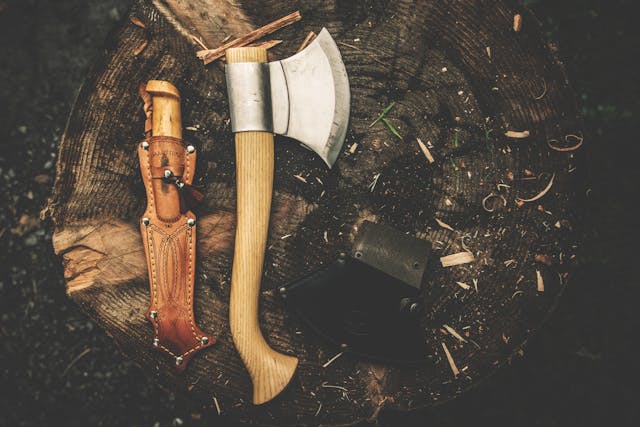
Axe for Bushcraft: Tough Blades That Get the Job Done
When I head out into the wilderness, my axe is one of the tools I rely on the most. It’s not just about chopping wood;…
-

Building a Bushcraft Survival Kit: What You Really Need in the Wild
What Is a Bushcraft Survival Kit? A bushcraft survival kit is a compact collection of tools and supplies that I rely on when I head…
-

Choosing the Right Bushcraft Rucksack: What I Look for in a Reliable Pack
Why the Right Bushcraft Rucksack Matters When it comes to bushcraft, your rucksack isn’t just a bag—it’s your lifeline. Everything you need to stay safe,…
-

Bushcraft Camping Gear: Tools You Actually Need for the Wild
What Makes Good Bushcraft Camping Gear? Bushcraft camping isn’t like regular camping. You’re not relying on store-bought conveniences or high-tech gadgets. Instead, bushcraft is about…
-

What About the Bushcraft Drill? Essential Skills for Wilderness Survival
What is a Bushcraft Drill? A bushcraft drill, typically a bow drill or hand drill, is a tool used to create friction, generate heat, and…
-

Why Every Outdoorsman Needs a Bushcraft Folding Saw
What is a Bushcraft Folding Saw? A bushcraft folding saw is exactly what it sounds like: a compact, foldable saw designed for outdoor use. It’s…
-
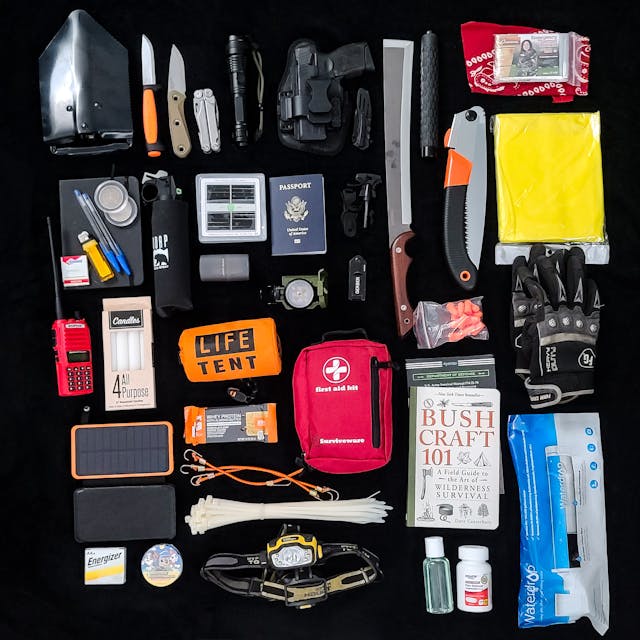
Bushcraft Gear List: What I Actually Use in the Field
Why Your Bushcraft Gear List Matters When it comes to bushcraft, the gear you bring matters just as much as the skills you develop. It’s…
-
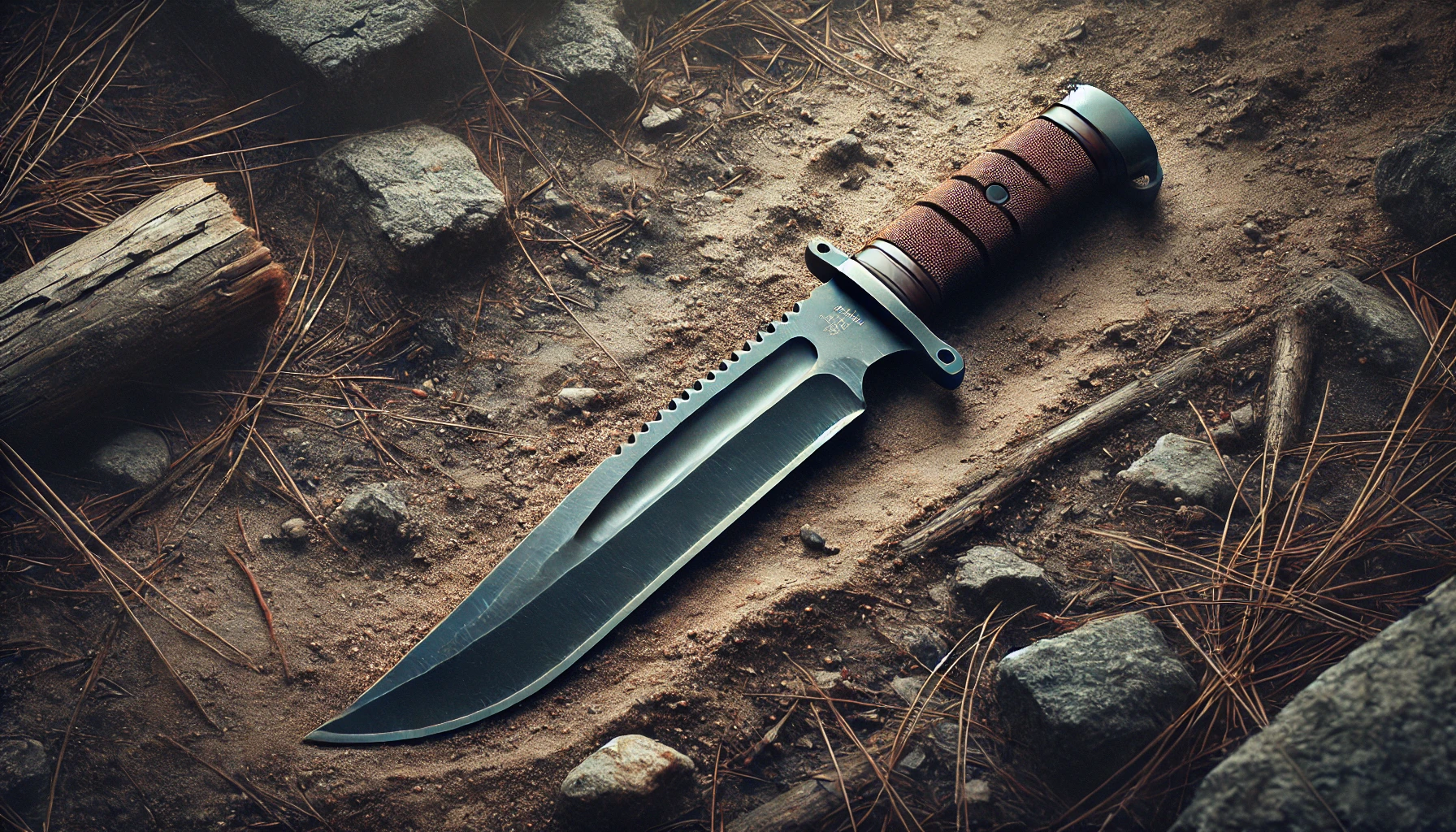
Why a Bushcraft Machete is My Go-To Tool for the Wild
Why I Rely on a Bushcraft Machete When I’m out in the wild, my bushcraft machete is one of the first tools I reach for.…
